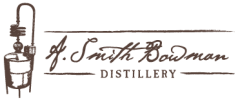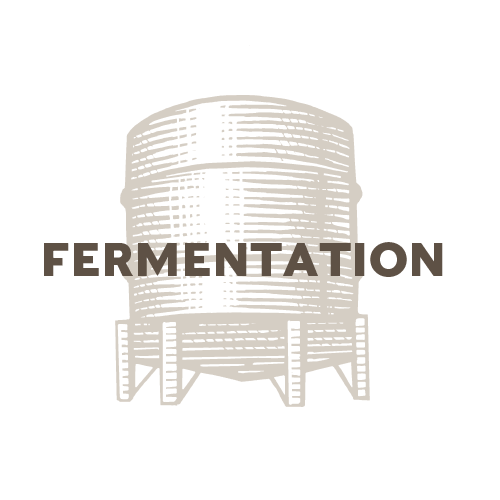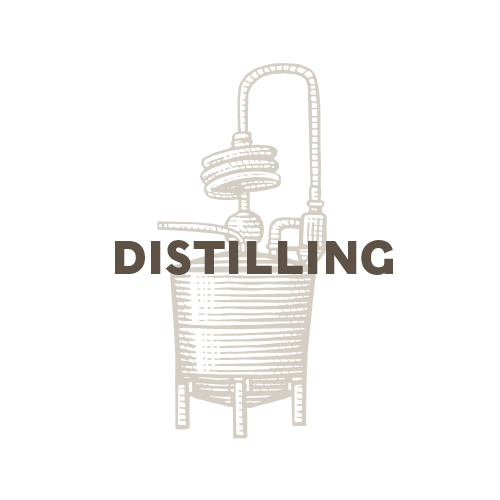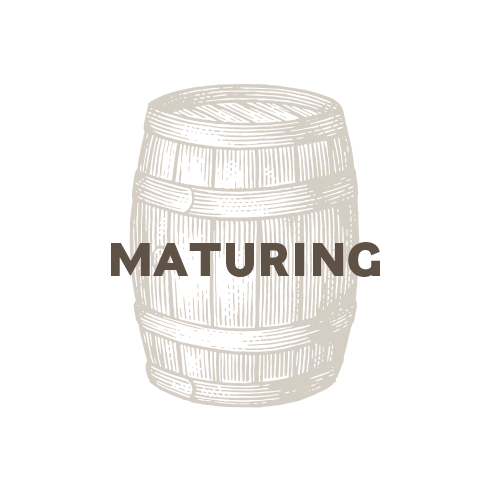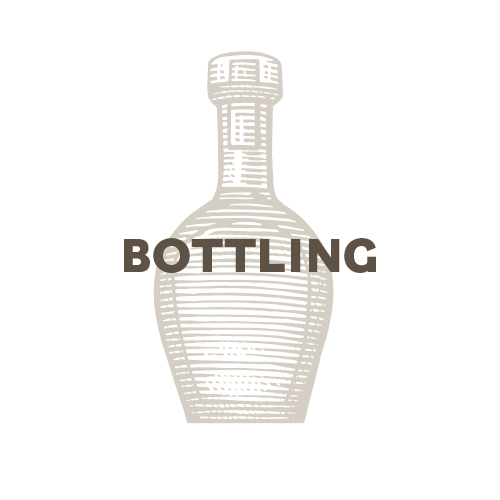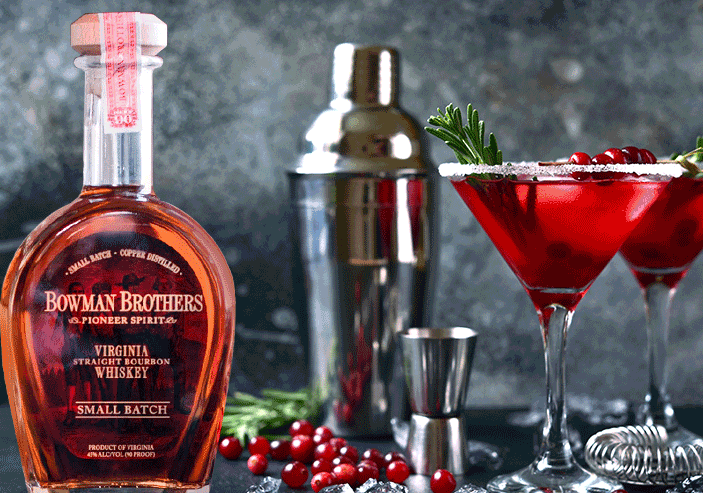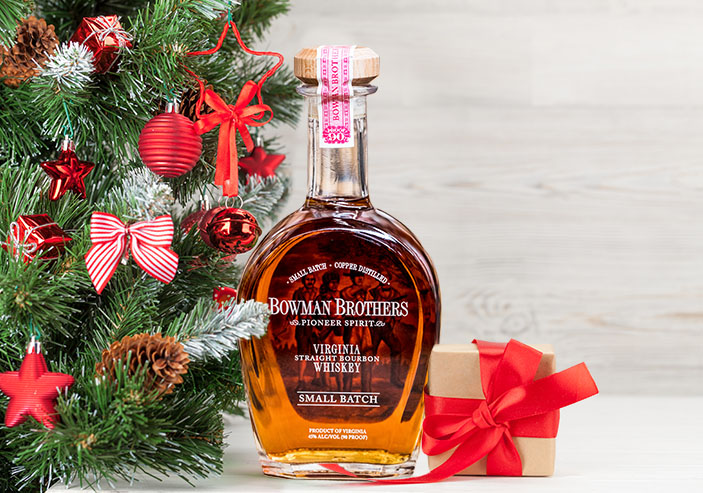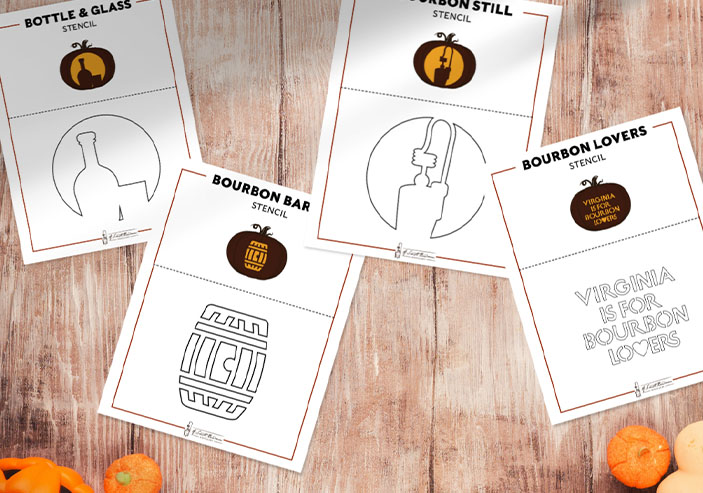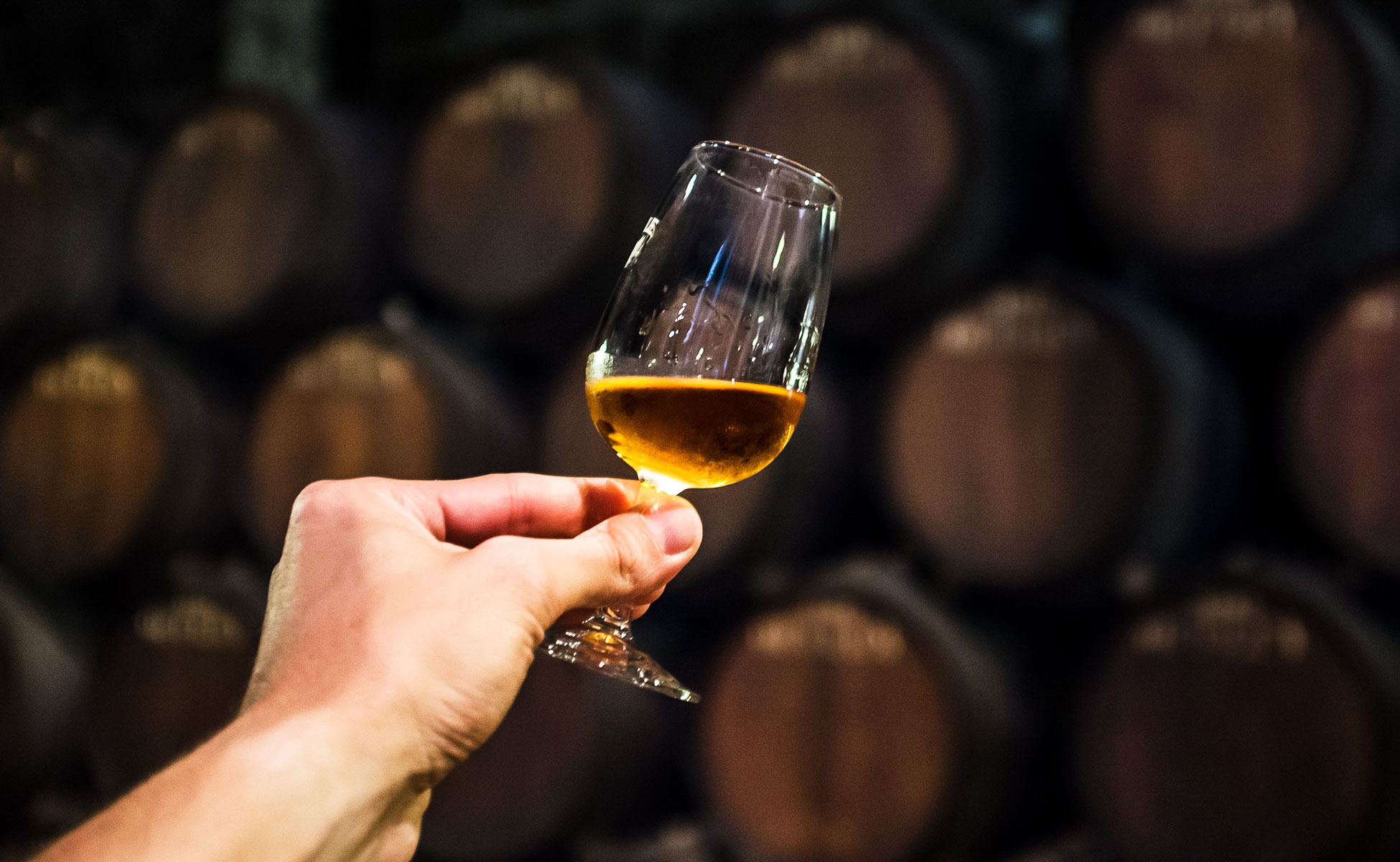
Bourbon 101: A Complete Guide for Bourbon Beginners
Interested in diving into a glass of bourbon but not sure where to start? Bourbon doesn’t have to be intimidating once you discover the intricacies of the ever-evolving world of these delicious spirits! Using this simple guide, you can arm yourself with the basic knowledge of bourbon, and have the groundwork to go from confused to connoisseur.
What Makes Bourbon, Bourbon?
You’ve probably heard the basic, “All bourbon is whiskey, but not all whiskey is bourbon.” What that means is bourbon is a subset of a wider category — whiskey. That wider category includes other types such as Scotch, Japanese Whisky, Irish Whisky, Canadian Whisky, and even other American whiskeys like rye whiskey. So what makes bourbon a category of its own? Five very important distinctions:
- Only whiskey produced in the United States can be called bourbon.
- Bourbon must be made of a grain mixture that is at least 51% corn.
- Straight bourbon must be aged in new, charred oak barrels for a minimum of two years.
- Bourbon must be distilled to no more than 160 proof, barreled at no higher than 125 proof, and bottled at no less than 80 proof.
- Bourbon can have nothing added to it except water.
A Smith Bowman Distillery’s Bourbon Distilling Process:
Step 1 — Fermentation:
The first step in the distilling process is fermentation. We start by grinding corn and cooking it to draw out the natural sugar. Then we add our proprietary yeast strains, which convert the sugars into alcohol and carbon dioxide after a few days. At this stage, the liquid is called “wash.”
Single-Barrel Bourbon
Single-barrel bourbon has a similar production, aging, and barreling process to standard bourbon, but its key differences dramatically affect the flavor profile in the finished product. Traditional bourbons are typically made with a blend of whiskeys from multiple barrels, but as the name suggests, single-barrel whiskeys spend their life in just one barrel.
Unique and enhanced flavor profiles can develop in a single barrel, as well as uniformity of color and taste. For example, our John J Bowman Bourbon is an award-winning single-barrel bourbon with hints of toffee, leather, fig, and almond. These types of flavors can be found in standard bourbons, but often the blend of whiskeys mutes the profile or can completely change it.
Contrary to what you might think, single-barrel spirits produce fewer bottles than small-batch whiskey. The maturing process also produces deeper colors and more rustic flavors. As a result, this type of bourbon often commands higher price tags and more admiration from whiskey connoisseurs.
Small Batch Bourbon
Small batch bourbon differs from both standard and single-barrel bourbons. While this style of whiskey does not have any legal definition, the industry coined the term to represent the bourbon’s more complicated and curated nature.
Small batch bourbons are produced by mixing the contents of a small number of hand-selected barrels, typically 10 – 15, but sometimes up to 200. Making this type of bourbon is almost identical to standard bourbons but on a much smaller scale. It is also much more highly curated. A Master Distiller will mix the contents of specific barrels to create a unique, rich blend of flavors.
Compared to single-barrel bourbon, small batch whiskey has a rounder, fuller flavor with lighter notes, like vanilla and fruit, as opposed to single-barrel’s typical tobacco and leather profile. For example, our Bowman Brothers small batch bourbon has distinct hints of vanilla, spice, and oak. In addition, small batch whiskey is generally cheaper and offers a more consistent flavor bottle to bottle.
How To Taste Bourbon:
Bourbon varies depending on each bottle, therefore it can have tones of different notes — from tobacco to peaches. Learning how to taste America’s native spirit doesn’t mean one “correct” way, but there are tips to discover those more subtle notes.
- Pour and Observe the Color
Generally speaking, the lighter the color of bourbon, the lighter it will taste. Darker bourbons will have a richer taste and higher proof. These will taste very different. - Nose the Glass
Pick up your glass, tilt it, and place your nose near the rim. Breathe through your nose but with your lips parted (this will help you smell more than just the scents of strong alcohol). - Taste Test
Take a sip and hold the bourbon in your mouth. Most A. Smith Bowman Distillery bourbons will have notes of oak, caramel, vanilla, or even a touch of spice. Take note of what you taste. Do not swallow immediately. - Note the Finish
The taste that lingers is known as the finish. Some finishes are super short, some are super long and here you can discover even more flavor notes. - Repeat!
If you want, you can try adding a few drops of water to your neat bourbon. This can unearth different flavors in the bottle.
Now that you’ve got all your basics covered, it’s time to try some bourbon for yourself! A. Smith Bowman has numerous award-winning bourbons, but our essential bourbon for neophytes, not just because of its crowd-pleasing and iconic flavors, but due to its approachable notes, is Bowman Brothers Virginia Straight Bourbon Whiskey. You can buy a bottle on our online store, in our Fredericksburg Distillery, or at your local ABC store.
Frequently Asked Questions On Bourbon
What’s The Difference Between Whiskey and Bourbon?
All bourbon is whiskey, but not all whiskey is bourbon. Whiskey is the more general category of spirits that encapsulates various varieties, including scotch, rye whiskey, or Irish whiskey. Bourbon is a more niche category because this type of whiskey must be made in America from at least 51% corn.
What’s The Difference Between Scotch and Bourbon?
Both scotch and bourbon are whiskeys, so they both can have smoky, charred notes. However, the two spirits achieve these flavors through different means. Scotch is made in Scotland from malted grains, with the smoky flavors developing from peat burned in the barley process. On the other hand, Bourbon is produced in the United States from corn mash, and its flavor develops from the surface of the barrels it is aged in.
Is Bourbon Only Made In Kentucky?
While Kentucky is well-known for their bourbons, it is not limited to the state. Bourbon can be made anywhere in the United States.
